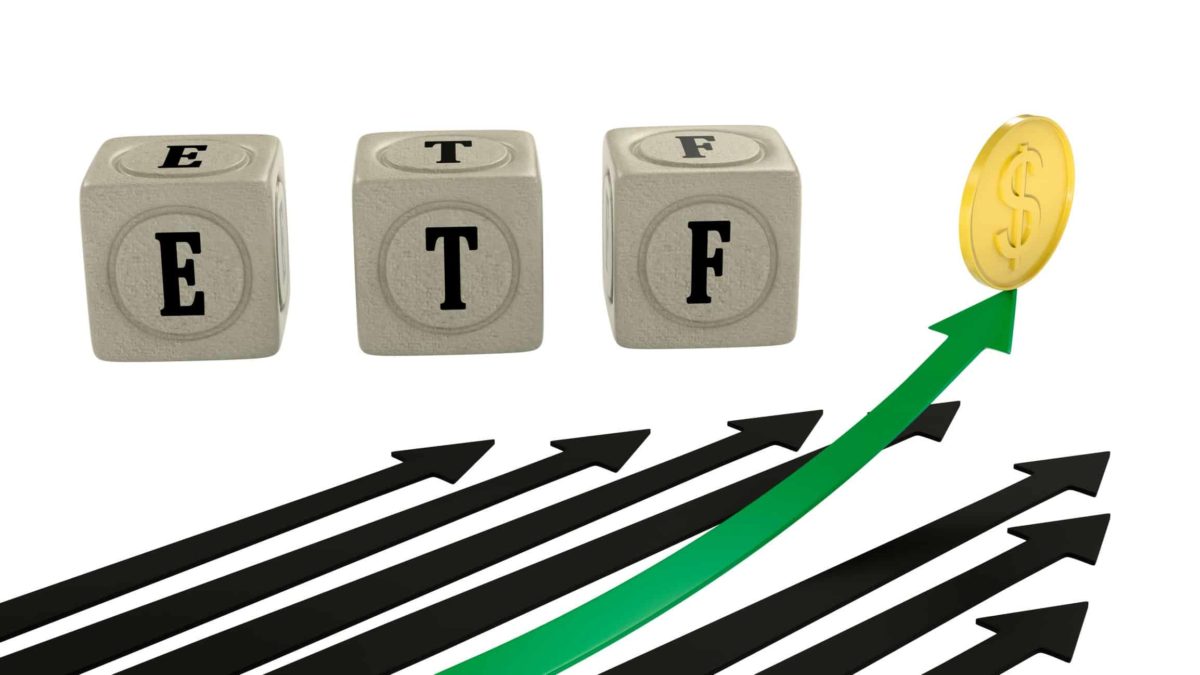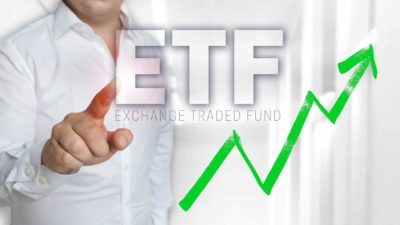It was a pretty dreary start to the trading week for ASX shares this Monday. At present, the S&P/ASX 200 Index (ASX: XJO) lost around 0.25%. This means that any exchange-traded funds (ETFs) that track the ASX 200 or ASX shares would have had a slow day as well. But one ASX ETF had a cracker.
It's the VanEck Morningstar Wide Moat ETF (ASX: MOAT). Wide Moat ETF units have had a very pleasant day indeed. Yes, the fund finished down by 0.38% at $108.04 per unit. But earlier today, the ETF hit a high of $108.89 per unit. Not only is that a new 52-week high for this ASX ETF, but it's also a new record high:
Yep, In their nearly eight years on the ASX, this ETF's units have never been higher than $108.89 each. So a very happy start to the week for Wide Moat ETF investors.
But why did this ASX ETF hotting new record, all-time highs on a day when the ASX 200 is retreating? Well, put simply, this ETF doesn't track or represent ASX shares.
Instead, this fund holds a basket of US shares. But not just any US shares. The only shares that make it into this ETF's portfolio are those that show "sustainable competitive advantages', or moats', as decided by Morningstar's research team.
What's behind the ASX Wide Moat ETF?
A moat is a term originally coined by the legendary investor Warren Buffett. It refers to competitive advantages that a company might possess, such as a strong brand, cost advantage or switching barrier.
Apple and Coca-Cola could be described as having brand moats for instance. While the cost of changing from using Microsoft Office to another suite of productivity programs could be a switching moat for Microsoft Corporation.
So at present, the Wide Moat ETF has 49 underlying holdings within its portfolio. These include Kellogg, Adobe, NVIDIA, Microsoft, Disney and Buffett's own Berkshire Hathaway. All arguably top-quality companies with clear 'moats'.
The real reason this ETF is having such a strong showing is the underlying performance of these holdings, not the ASX. The recent slip of the Aussie dollar against the US dollar would also be helping.
So is it too late to buy more Wide Moat ETF units? Well, this fund does have a history of meeting and exceeding new all-time highs. Since its inception in 2015, this ETF has averaged a performance of 14.57% per annum. That's far more than what the ASX 200 Index has delivered.
So if you have confidence that this 'moat' investing method is a sound one, then it's certainly not too late to invest in the Wide Moat ETF. A new high is not a good reason not to ignore a quality investment.
After all, shares go up more than they go down. So this could be the first in many new highs for this ETF. You've missed out on one, but there could be another just around the corner.









